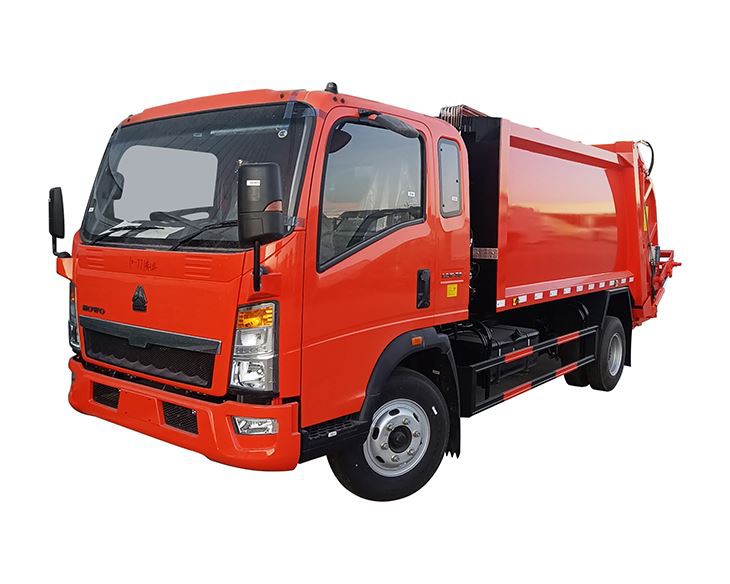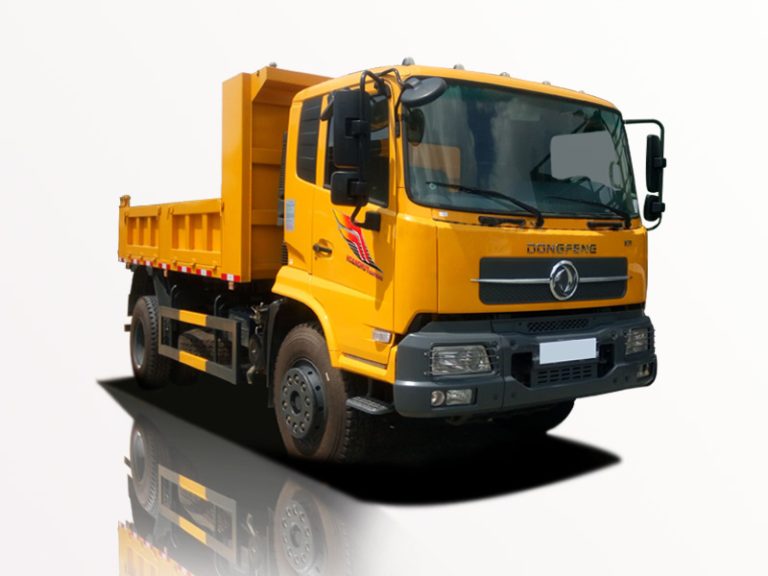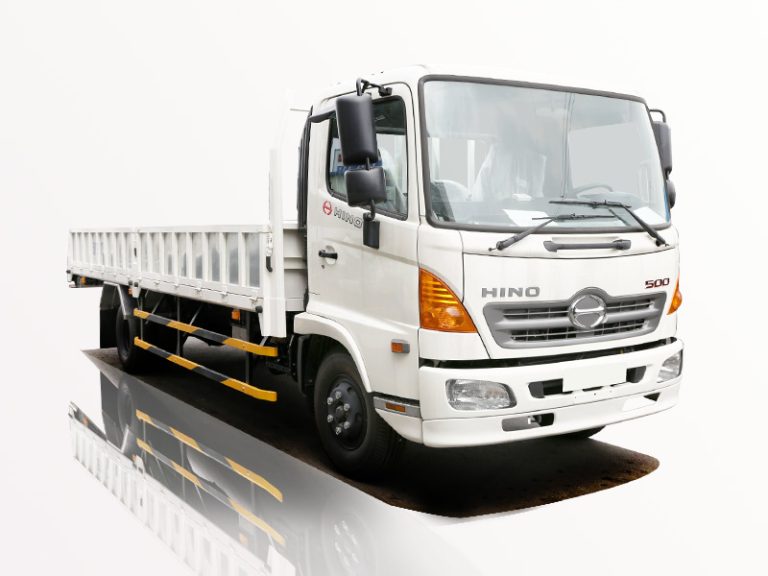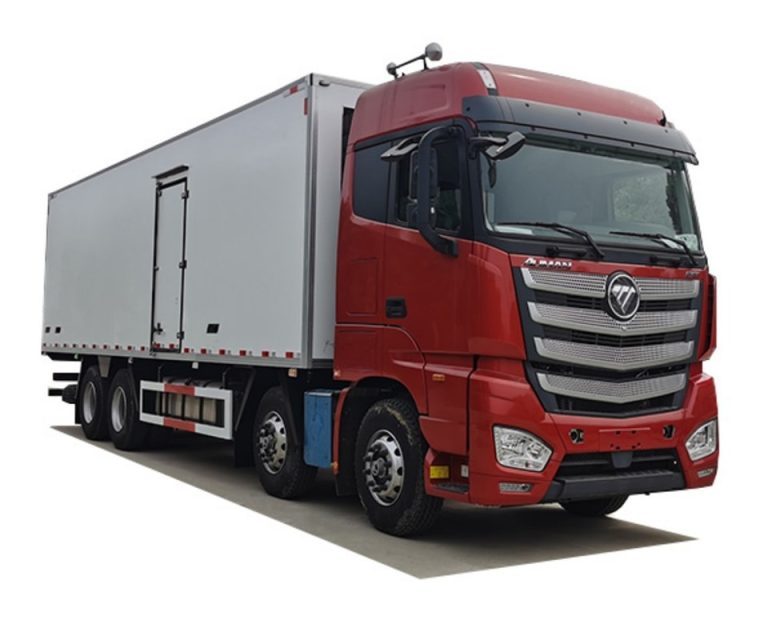Introduction
Dump trucks are essential vehicles in the construction and mining industries, primarily used for transporting large volumes of materials. An understanding of their weight is crucial for operation, safety, and compliance with road regulations. This article delves into the various aspects of dump trucks, focusing on how heavy they are, what affects their weight, and their implications in real-world applications. With practical examples, safety tips, and common queries, you will gain a robust understanding of dump truck weights.
Understanding Dump Truck Weight
Dump trucks come in various shapes and sizes, affecting their weight significantly. There are several key factors to consider when discussing the weight of a dump truck, including its type, capacity, construction materials, and payload.
Types of Dump Trucks
Different types of dump trucks serve specific purposes and have varying weight capacities. Here are the main types:
- Standard Dump Truck: Commonly used for construction, they typically weigh between 10,000 and 26,000 pounds (4,500 to 11,800 kg) empty.
- Articulated Dump Truck: Designed for off-road hauling, they usually weigh between 25,000 and 50,000 pounds (11,300 to 22,700 kg) empty.
- Transfer Dump Truck: This type has a separate trailer that carries extra payload, generally weighing 30,000 to 60,000 pounds (13,600 to 27,200 kg).
- Super Dump Truck: Equipped with an additional axle, these trucks can weigh as much as 80,000 pounds (36,300 kg) when fully loaded.
- Side Dump Truck: Ideal for quick unloading, they typically weigh between 35,000 and 50,000 pounds (15,900 to 22,700 kg) empty.
Weight Capacity of Dump Trucks
The weight capacity of a dump truck plays a crucial role in determining how heavy it can safely carry. This capacity is determined by:
- Truck Class: Heavier classes can carry larger loads.
- Axle Configuration: More axles can distribute weight more efficiently.
- Material Type: Different materials (dirt, gravel, asphalt) have different weights.
A Table of Common Dump Truck Weights and Capacities
| Dump Truck Type | Empty Weight (lbs) | Load Capacity (lbs) |
|---|---|---|
| Standard Dump Truck | 10,000 – 26,000 | 10,000 – 20,000 |
| Articulated Dump Truck | 25,000 – 50,000 | 25,000 – 40,000 |
| Transfer Dump Truck | 30,000 – 60,000 | 20,000 – 40,000 |
| Super Dump Truck | 30,000 – 50,000 | 40,000 – 80,000 |
| Side Dump Truck | 35,000 – 50,000 | 25,000 – 35,000 |
Factors Influencing Dump Truck Weight
Several key factors influence the overall weight of a dump truck:
1. Construction Materials
The materials used in constructing a dump truck can significantly affect its weight. For example:
- Steel: Provides durability but adds weight.
- Aluminum: Lighter than steel but may not be as durable.
- Composite Materials: Offer a balance of strength and weight.
2. Payload Efficiency
The efficiency of how a dump truck carries its payload can vary, which affects its overall weight. Overloading can lead to increased weight and may cause damage or legal issues.
3. Axle Configuration
A dump truck’s axle configuration determines its legal weight limit. For instance, tandem or tri-axle trucks can handle more weight than single axle trucks.
4. Regulations
Regulatory weight limits in different states or countries also impact how heavy a dump truck can be. Adherence to these regulations is necessary for safety and legality.
Real-World Examples of Dump Truck Weight Applications
Understanding the weight of dump trucks in action can provide insights into how they operate within various contexts:
1. Construction Projects
In construction, a standard dump truck might carry dirt from excavation sites. For instance, if a project requires 10 loads of dirt, each weighing approximately 12,000 pounds, the truck will need to manage its weight and avoid overloading.
2. Landscaping Work
Dump trucks are frequently used in landscaping to transport materials like gravel or mulch. A typical load of mulch weighs around 2,000 pounds per cubic yard. If landscaping requires delivering 10 cubic yards, the truck’s weight must remain compliant with regulations.
3. Mining Operations
In mining, articulated dump trucks carry heavy loads of minerals. With some trucks weighing up to 50,000 pounds empty, careful management of payloads ensures maximized efficiency while abiding by safety standards.
Safety Considerations with Dump Truck Weight
Handling a dump truck’s weight requires awareness of safety measures to prevent accidents and operational inefficiencies.
1. Load Distribution
Proper load distribution is crucial to maintaining vehicle stability. Uneven loads can lead to tipping or poor handling, especially on inclines.
2. Legal Weight Limits
Overloading a dump truck may result in fines, operational delays, and accidents. Always verify local regulations regarding weight limits.
3. Routine Inspections
Regular checks on the truck’s weight capacity and physical condition can help identify issues that could lead to accidents.
Maintenance Tips for Dump Trucks
Regular maintenance is essential to ensure safety and longevity. Here are key maintenance tips:
1. Check Tire Pressure
Ensure that tires are inflated to the appropriate pressure to handle the weight of the loaded truck.
2. Inspect Brakes
Regularly check the brake system, as they play a critical role in handling the vehicle’s weight safely.
3. Monitor Weight Sensors
Many modern dump trucks are equipped with weight sensors that help monitor load weight in real-time. Regular checks ensure they are functioning correctly.
Frequently Asked Questions (FAQ)
1. How much does a fully loaded dump truck weigh?
A fully loaded dump truck can weigh between 20,000 and 80,000 pounds (9,000 to 36,300 kg), depending on the type and capacity.
2. What is the average empty weight of a dump truck?
The average empty weight of a dump truck varies but generally falls between 10,000 and 50,000 pounds (4,500 to 22,700 kg).
3. Can I overload a dump truck without consequences?
Overloading a dump truck is illegal and can lead to fines, safety hazards, and equipment damage. Always adhere to the specified weight limits.
4. How can I find the weight limit for my dump truck?
Refer to the truck’s manufacturer specifications or weight rating plate located in the cab of the truck.
5. What factors influence the payload of a dump truck?
Factors include the type of dump truck, axle configuration, type of material being loaded, and local regulations.
6. Are there any best practices for loading a dump truck?
Best practices include ensuring even load distribution, not exceeding load limits, and securing loads to prevent shifting during transportation.





